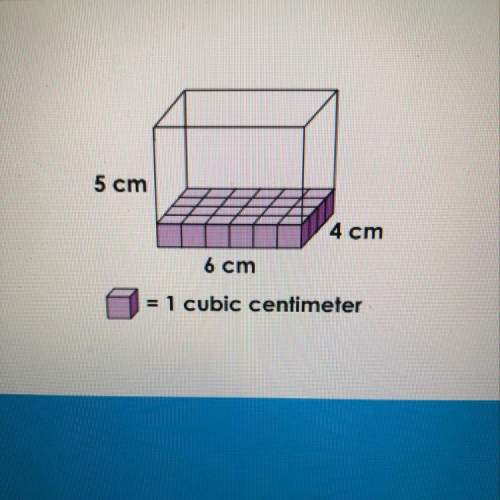Hello,
i'm a geology student and currently working on an independent research project wh...

Mathematics, 25.11.2019 14:31 Arealbot
Hello,
i'm a geology student and currently working on an independent research project wherein i need to use some trig and spherical geometry; maybe a tad bit of calculus too.
to try and better understand what im trying to do i'll need to explain a tad bit of geology background:
the question i'm trying to ultimately work out is this: how much has a tectonic plate subducted at a specific location (a point) in the past 130 million years?
subduction is where one tectonic plate collides with another and results in one of the plates being pushed down underneath the overlying colliding plate. i'll try to hopefully make this more relatable/understandable with an analogy: this process would be like being in a pool with your friend and you and he push two boogie boards (the tectonic plates) together. one of these boogie boards will end up dipping below the other and going underwater, aka being subducted. if you pushed your boogie board at a constant velocity while your friend held his still, you could predict how much of your boogie board is underwater at a given time (relative to the position of his fixed board) with some basic math.
the math can be spiced up a bit by changing the angle you are pushing against your friend's boogie board. instead of pushing directly against your friend's board, you push at an angle to his fixed board. your board is still being pushed underwater, but now with a decreased velocity as you now have to resolve the magnitude of the velocity into separate components. still not too bad.
now, here's where i get confused. in my analogy above, this could be calculated using cartesian coordinates, however, the earth is a sphere and i dont believe the math i'd use to model "how much my boogie board has subducted in the past 130 million years" would be quite the same. could someone me out with the trig (& possibly multi-variable calculus) needed to calculate this?
i have this data to work with:
velocity magnitude (y-axis) vs time (x-axis) (all these are relative to referenced point (lat, long) on the boundary of the subducting plate)
velocity azimuth vs time
angular velocity vs time
lattitude vs time
longitude vs time
velocity colattitude vs time
velocity longitude vs time
you very very much for your time and !

Answers: 2


Another question on Mathematics

Mathematics, 21.06.2019 17:00
Asif spent $745.10 on 13 new file cabinets for his office. small file cabinets cost $43.50 and large file cabinets cost $65.95. write and solve a system of equations to find the number of small cabinets and large cabinets he purchased. determine if each statement is true or false. 1. he purchased 5 small cabinets. true or false 2. he purchased 7 large cabinets. true or false 3. he spent $527.60 on large cabinets. true or false
Answers: 2

Mathematics, 21.06.2019 17:00
Evaluate the expression for the given value of the variable. 5×(h+3) for h=7
Answers: 1

Mathematics, 21.06.2019 19:30
For what values of the variable x is the expression square root of 7x+14+ square root of 7-x a real number?
Answers: 1

Mathematics, 21.06.2019 23:00
In trapezoid abcd, ac is a diagonal and ∠abc≅∠acd. find ac if the lengths of the bases bc and ad are 12m and 27m respectively.
Answers: 3
You know the right answer?
Questions



Chemistry, 02.08.2019 04:30






Chemistry, 02.08.2019 04:30




History, 02.08.2019 04:30

Social Studies, 02.08.2019 04:30



Business, 02.08.2019 04:30


English, 02.08.2019 04:30

Mathematics, 02.08.2019 04:30




